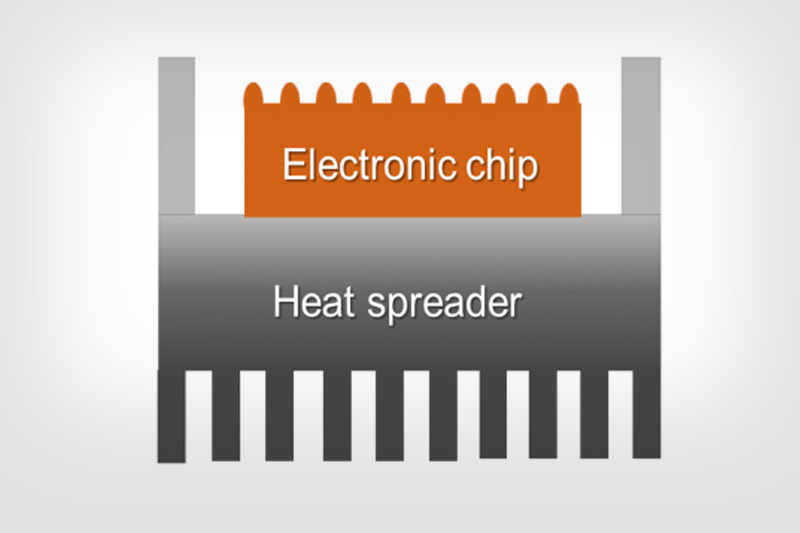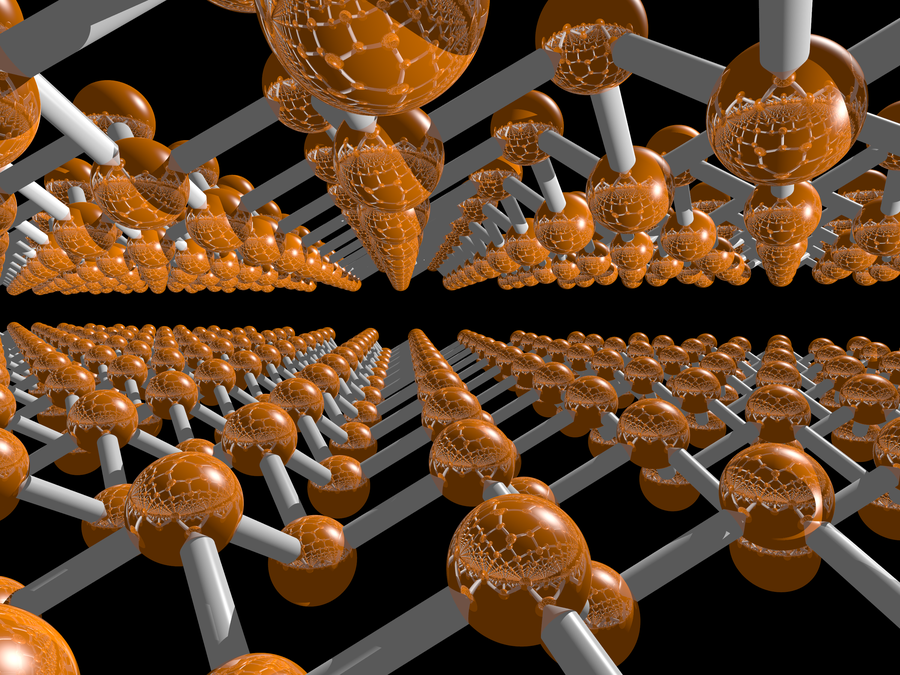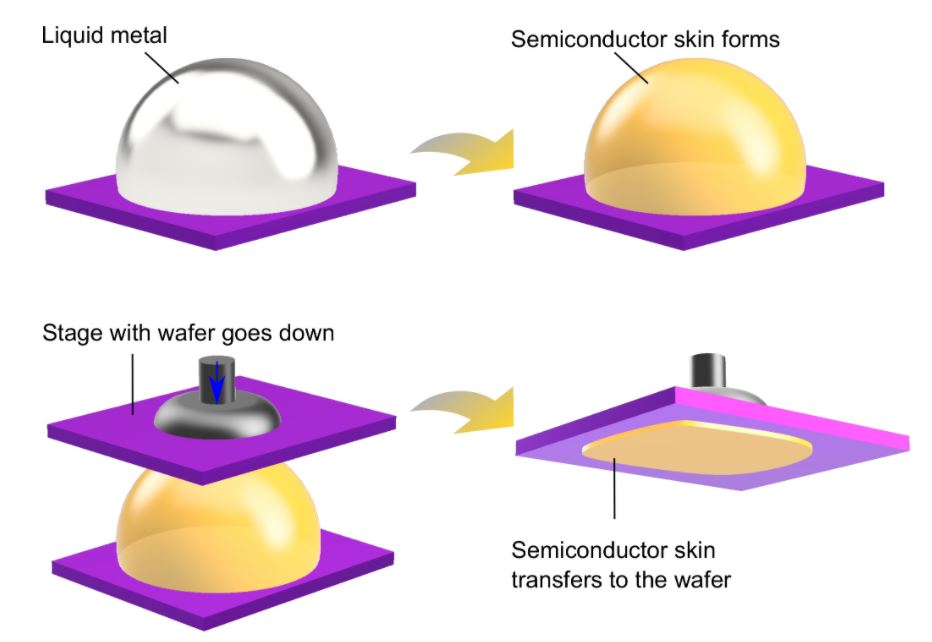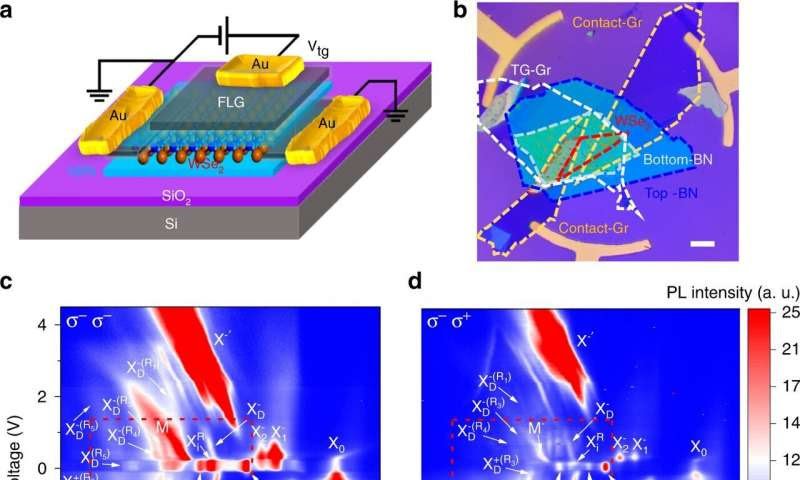
UCLA engineers have demonstrated successful integration of a novel semiconductor material into high-power computer chips to reduce heat on processors and improve their performance. The advance greatly increases energy efficiency in computers and enables heat removal beyond the best thermal-management devices currently available.
The research was led by Yongjie Hu, an associate professor of mechanical and aerospace engineering at the UCLA Samueli School of Engineering. Nature Electronics recently published the finding in this article.
Computer processors have shrunk down to nanometer scales over the years, with billions of transistors sitting on a single computer chip...
Read More









Recent Comments